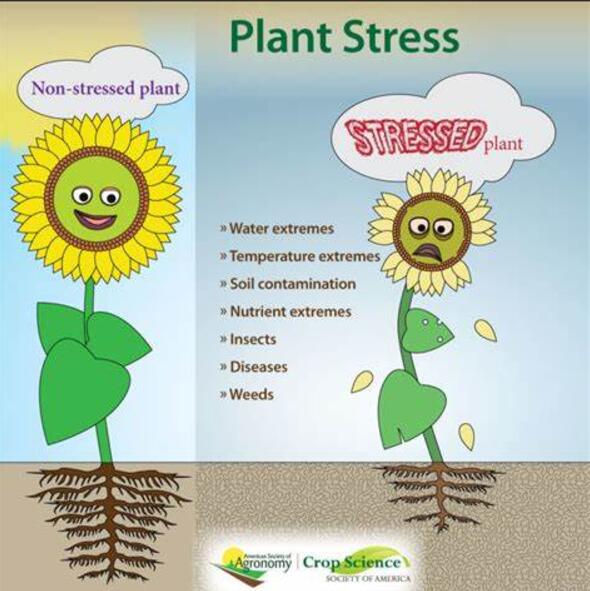硫同化和通过 OMICS 调节非生物胁迫
IF 6.8
Q1 PLANT SCIENCES
引用次数: 0
摘要
非生物胁迫,包括盐度、干旱、高温和低温,以及它们的多种组合,每年都会严重降低全球作物的产量。考虑到全球气候变化加剧,这些条件对植物生产力的影响越来越令人担忧。硫对于多个代谢过程至关重要,包括电子传输的组织和控制。半胱氨酸和蛋氨酸的还原同化和整合、硫酸盐吸收以及还原同化和整合是氧化型和还原型有机结合硫发挥不同作用的主要方法。含硫的保护性化合物,如谷胱甘肽、植物螯合素、富含 S 的蛋白质和一些次生代谢产物,是植物在二氢天冬酰胺酸、硫化氢等非生物胁迫下生存所必需的。这篇综述深入探讨了硫在蛋白质和基因转录水平上对非生物胁迫的调控。本文章由计算机程序翻译,如有差异,请以英文原文为准。
Sulfur assimilation and regulation of abiotic stress via OMICS
Abiotic stress, which includes salinity, drought, heat, and cold, as well as their many combinations, severely reduces crop productivity across the globe each year. Considering the intensified worldwide climatic changes, the effects of these conditions on plant productivity become increasingly more concerning. Sulfur is essential for several metabolic processes, including the organization and control of electron transport. Reductive assimilation and integration into cysteine and methionine, sulfate absorption, and reductive assimilation and integration are the key methods that oxidized and reduced forms of organically bound sulfur get to their different roles. Protective compounds with sulfur, such as glutathione, phytochelatins, S-rich proteins, and several secondary metabolites, are essential for plants to survive abiotic stress, such as dihydroasparagusic acid, hydrogen sulfide, etc. This thorough review covered the regulation of sulfur at the protein and gene transcription levels in response to abiotic stress.
求助全文
通过发布文献求助,成功后即可免费获取论文全文。
去求助
来源期刊

Plant Stress
PLANT SCIENCES-
CiteScore
5.20
自引率
8.00%
发文量
76
审稿时长
63 days
期刊介绍:
The journal Plant Stress deals with plant (or other photoautotrophs, such as algae, cyanobacteria and lichens) responses to abiotic and biotic stress factors that can result in limited growth and productivity. Such responses can be analyzed and described at a physiological, biochemical and molecular level. Experimental approaches/technologies aiming to improve growth and productivity with a potential for downstream validation under stress conditions will also be considered. Both fundamental and applied research manuscripts are welcome, provided that clear mechanistic hypotheses are made and descriptive approaches are avoided. In addition, high-quality review articles will also be considered, provided they follow a critical approach and stimulate thought for future research avenues.
Plant Stress welcomes high-quality manuscripts related (but not limited) to interactions between plants and:
Lack of water (drought) and excess (flooding),
Salinity stress,
Elevated temperature and/or low temperature (chilling and freezing),
Hypoxia and/or anoxia,
Mineral nutrient excess and/or deficiency,
Heavy metals and/or metalloids,
Plant priming (chemical, biological, physiological, nanomaterial, biostimulant) approaches for improved stress protection,
Viral, phytoplasma, bacterial and fungal plant-pathogen interactions.
The journal welcomes basic and applied research articles, as well as review articles and short communications. All submitted manuscripts will be subject to a thorough peer-reviewing process.
 求助内容:
求助内容: 应助结果提醒方式:
应助结果提醒方式:


